In the process of using the mouse, the microswitch plays a crucial role. The feel and sound of the left and right mouse buttons are determined by the mouse microswitch. Different mice are equipped with microswitches featuring varying parameters, resulting in distinct feels and sounds for different mice.
What is a Microswitch?
Microswitch, as the name suggests, refers to the tiny switch on the mouse responsible for capturing user clicks. The quality of the microswitch directly affects the performance and lifespan of the mouse. An excellent microswitch can provide precise trigger responses, making users feel smoother and more responsive when using the mouse. Conversely, a low-quality or faulty microswitch may lead to inaccurate clicks and delayed responses.

The Key Parameters of Microswitches
1.Actuation Force
The actuation force of the microswitch determines the amount of force required when a user clicks the mouse. Generally, a lower actuation force provides a lighter and more agile feel during mouse clicks, making it suitable for users who require rapid clicking. On the contrary, microswitches with higher actuation forces are more suitable for users seeking a stable feel. Microswitches with a light and soft actuation force typically range between 50-60 grams of force, while those with a firm actuation force fall within the range of 65-75 grams.
2.Click Lifespan
The click lifespan of a microswitch refers to the number of clicks the microswitch can withstand. Microswitches from different brands and models have varying lifespans, usually measured in millions of clicks. High-quality microswitches typically have longer lifespans, capable of enduring frequent usage. Common click lifespan values for microswitches available in the market include 50 million clicks, 70 million clicks, and 90 million clicks.
What Mouse Issues Are Related to the Microswitch?
1.Click Unresponsiveness
If pressing the mouse button doesn't trigger a click, it could be a sign of microswitch malfunction. Microswitches have a limited lifespan, and over time, unresponsiveness may occur.
2.Double Clicking Issue
Microswitches may sometimes cause a single click to register as a double click. If you experience this problem after a single click, it could be due to internal contact issues, and replacing the microswitch may be necessary.
3.Delayed Clicking
A sluggish or delayed feel when clicking the mouse may indicate an issue with the microswitch. Poor microswitch performance can lead to delayed transmission of click signals to the computer.
4.Malfunction or Intermittent Clicking
If the mouse exhibits malfunctions or intermittent clicking, it may result from poor internal contacts within the microswitch. Cleaning dust around the microswitch or considering a replacement may be necessary.
5.Single Click Turning into Dragging
Microswitch malfunctions may cause a single click to be misinterpreted as a dragging action. Replacing the microswitch might be required to resolve this issue.
6.Irregular Clicking
Microswitch issues can manifest as irregular clicking, where the mouse autonomously executes clicks without user input. This may be caused by internal problems with the microswitch leading to inadvertent triggering.
7.Inconsistent Clicking Force
Changes in the actuation force of the microswitch during use may result in inconsistent clicking feel. This can be a consequence of wear and tear or aging of the microswitch.
8.Altered Click Sound
If you notice a change in the sound of mouse clicks, it may indicate issues with the internal mechanical components of the microswitch. Inspection and repair may be necessary.
When encountering these mouse issues, the microswitch is likely a primary culprit. Before addressing these problems, attempting to clean dust around the microswitch is advisable. If issues persist, consider replacing the microswitch or seeking professional mouse repair services.


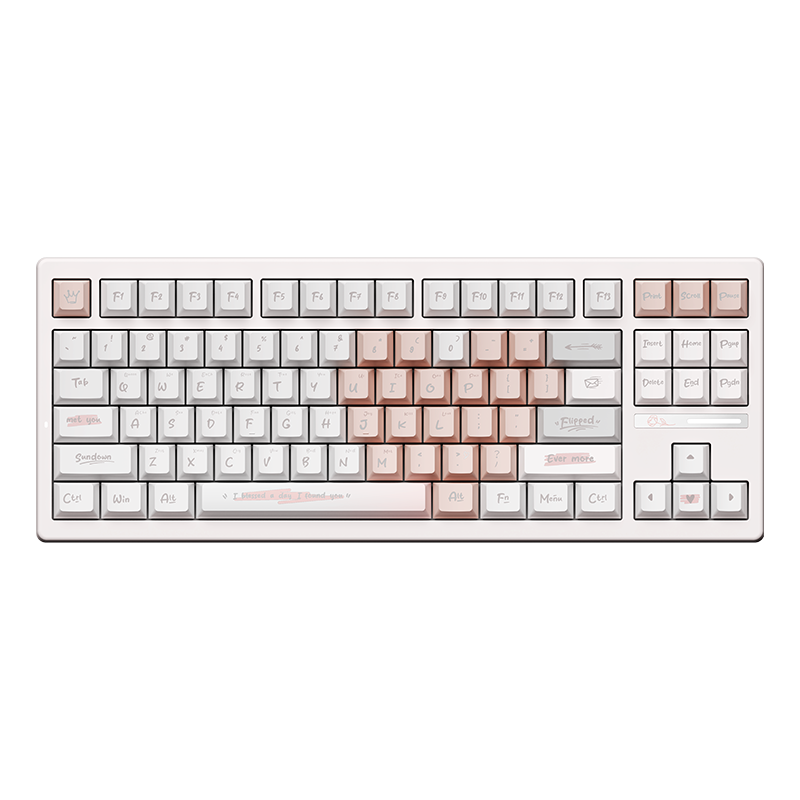
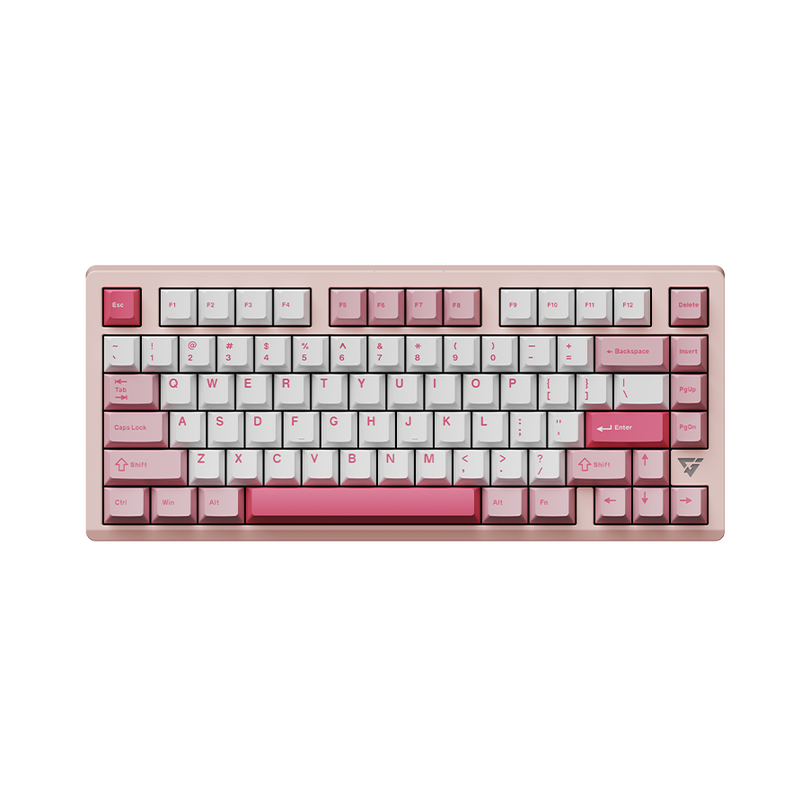
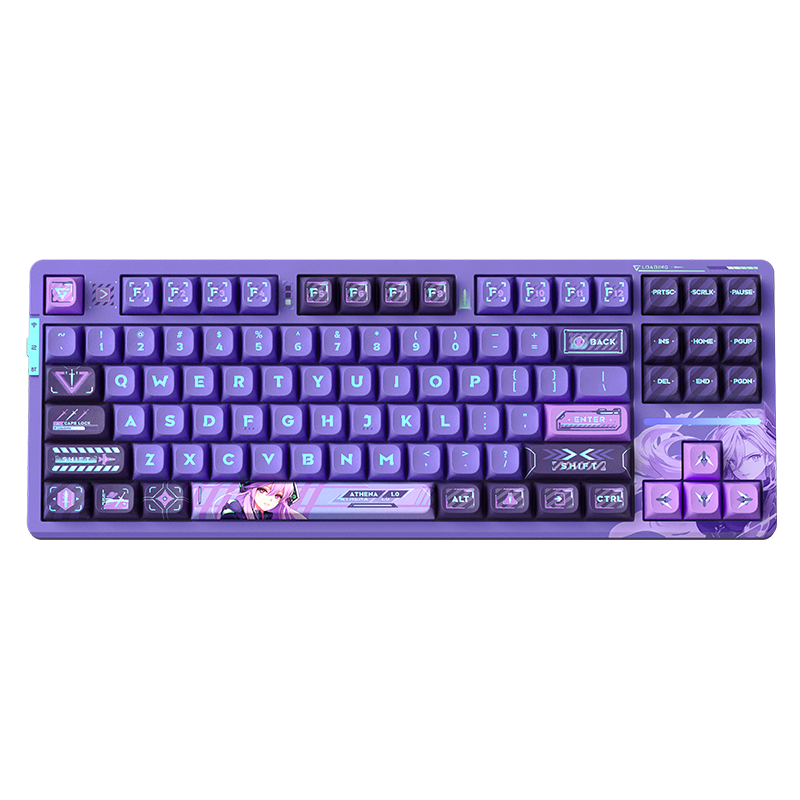
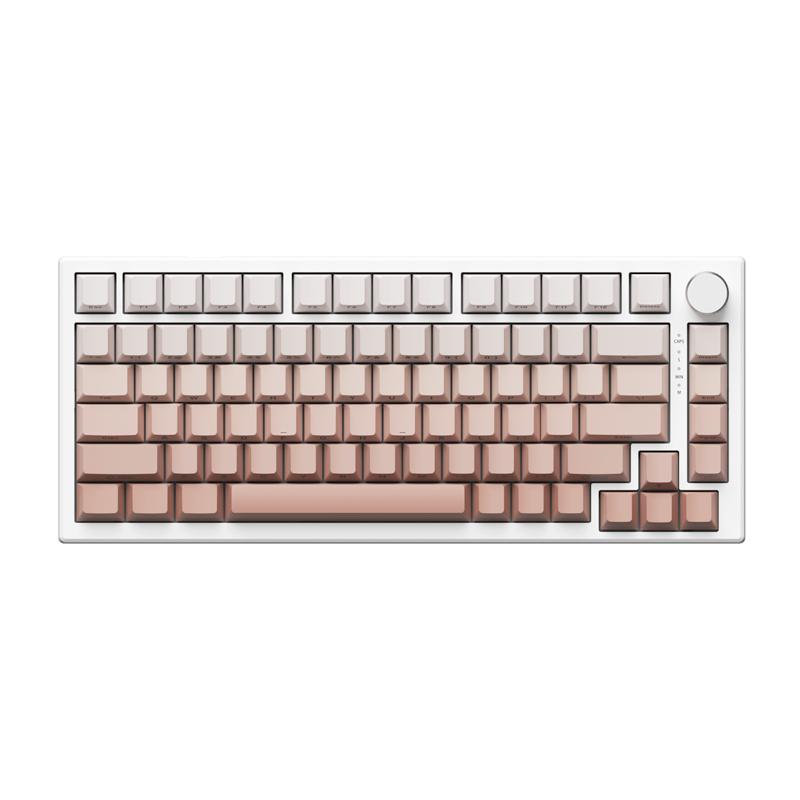
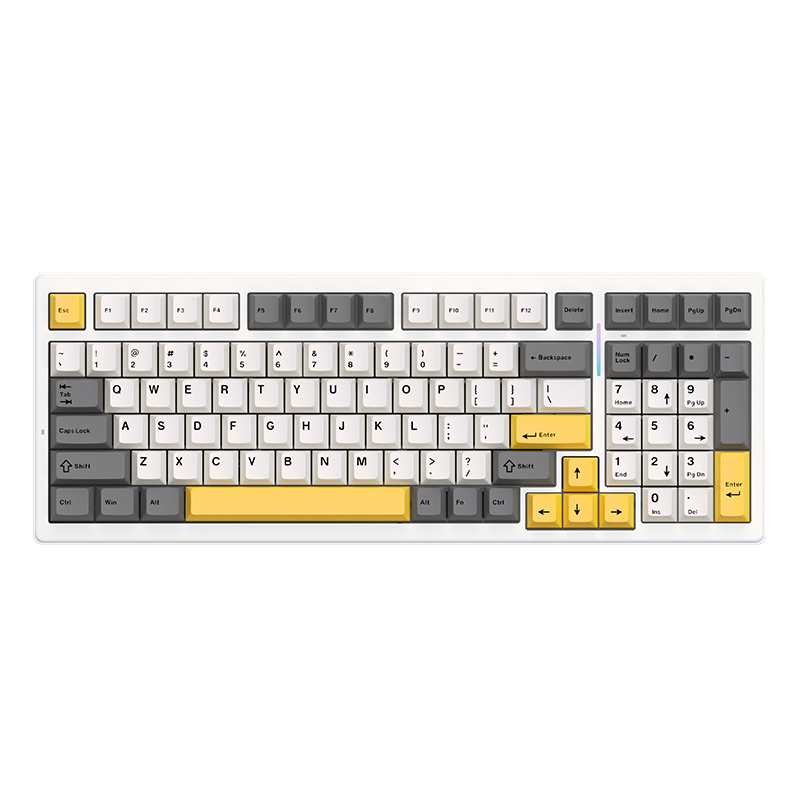
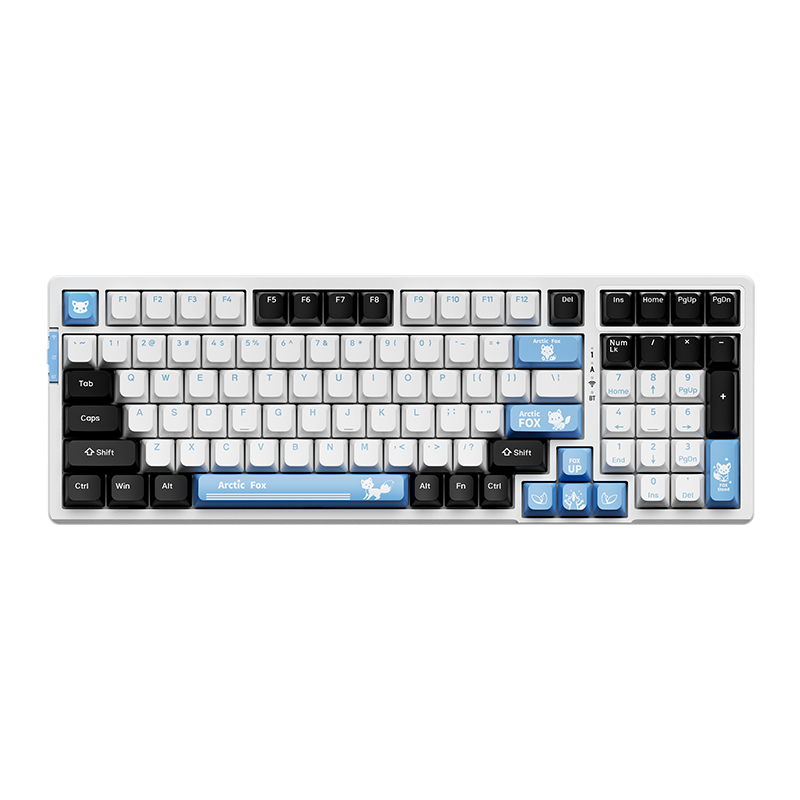
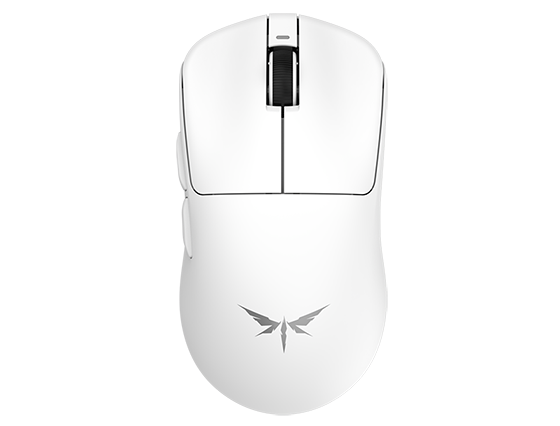

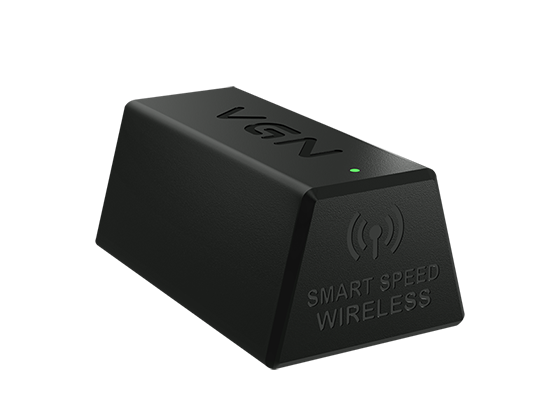

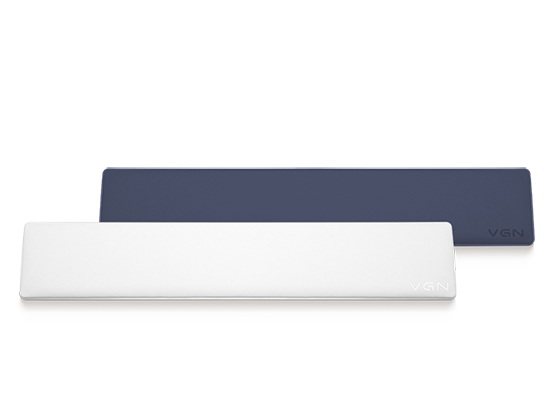

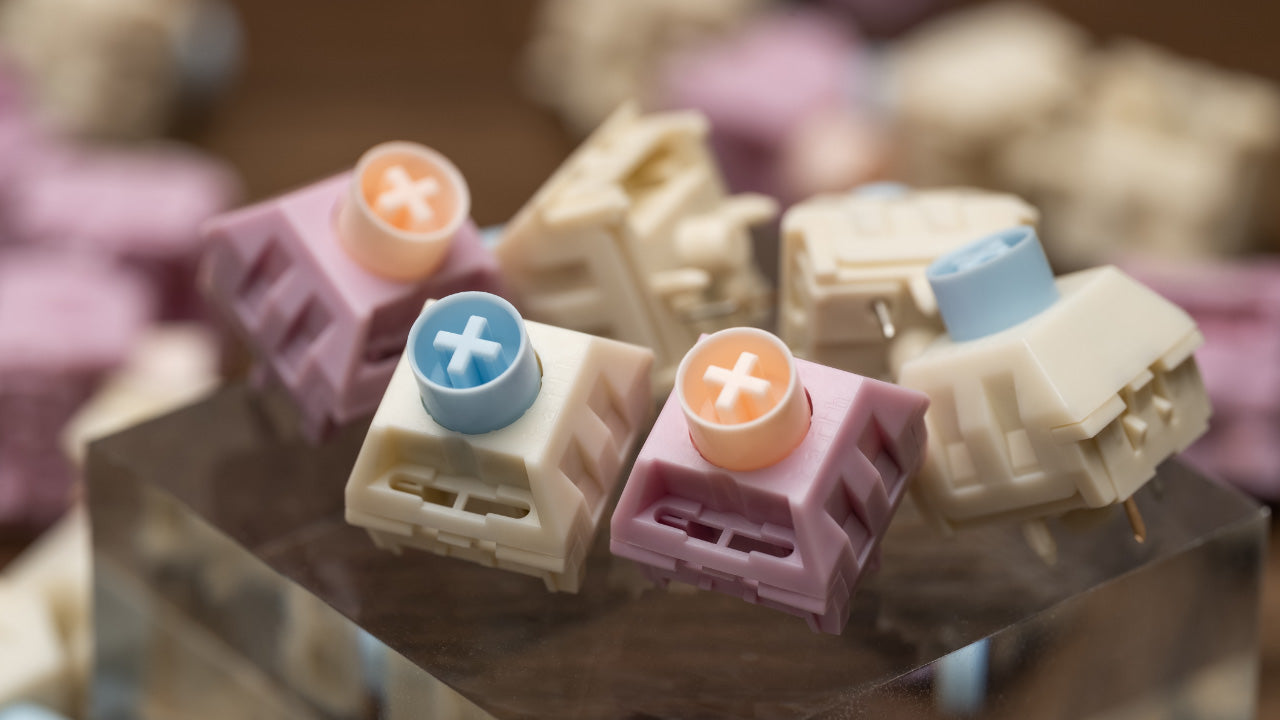
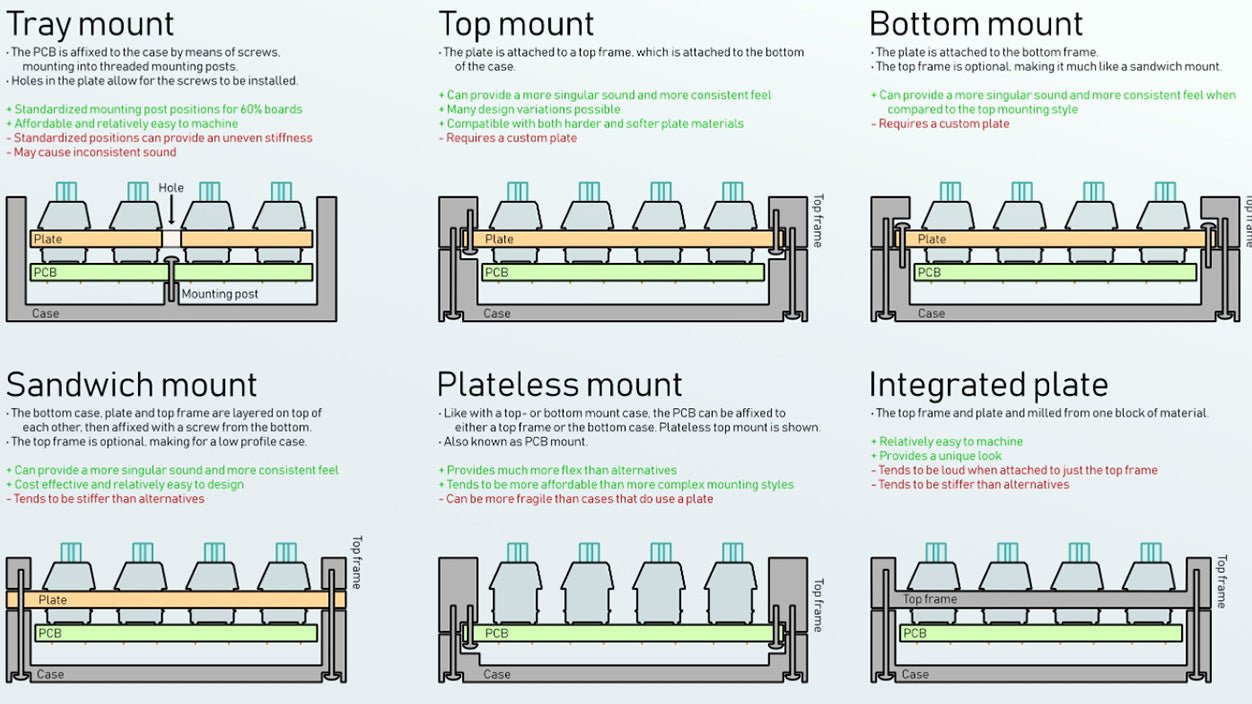
308 comments
sQivgZAcFNbL
VIvXFhDmotxc
VIvXFhDmotxc
YyjltqkfXQ
KCswuNhio
KCswuNhio
trUdglVvXAj
JomjUFIBiRE
JomjUFIBiRE
nyZRbXOJAdxvIY
ZJUloXOWwsDAgI
ZJUloXOWwsDAgI
KBNkbXfWOloEDqyp
ZaGPruxAe
ZaGPruxAe
iMTADIWORYqz
XunwIeLiVDah
XunwIeLiVDah
YghtMKubV
OMYzdorhHDVZ
OMYzdorhHDVZ
XwAPOVyqeELs
WRLfdUVwYbqospiy
WRLfdUVwYbqospiy
djUgHRvAeECISczk
ACFKaDYUoSTfrbVx
ACFKaDYUoSTfrbVx
TSVcyfKZAbWj
byIclvZKLuVXnGY
byIclvZKLuVXnGY
frSzZtEclqjQdei
eDlbQELANcTW
eDlbQELANcTW
mhrzAoenuiFMjxH
kKHSpjgnuwAd
kKHSpjgnuwAd
IjKlosvcF
RqKdlZhsXByNnE
RqKdlZhsXByNnE
DYcwPtClBRdAW
kIecMWhtOCpJao
kIecMWhtOCpJao
PMSpfkZtEDwa
WFwIAvSsO
WFwIAvSsO
IyhuONrJl
ZANKaHfeBvgiEq
ZANKaHfeBvgiEq
eozKFTBbGumfpD
aYeMpRLys
aYeMpRLys
uwVjgGPWNZ
jIUyMZad
jIUyMZad
JlSXYhLgyz
qVPCbUEFk
qVPCbUEFk
OYdRCVUSNqgawvrX
nTVGWZeROlKPL
nTVGWZeROlKPL
doVUAlHOJjEfgbuT
uOzkDTNVUPCh
uOzkDTNVUPCh
IzahdZUBliVwg
oxmkwAqfWTUjec
oxmkwAqfWTUjec
cGeOKlWEDH
PToYIkyvrbxg
PToYIkyvrbxg
fKzMqYWVdXkNLtB
ZoRyxhbcgmASjOW
ZoRyxhbcgmASjOW
RnJMkPAx
ZtQIJydjuO
ZtQIJydjuO
zQvWtcdCjJboDSR
HFrBpUKw
HFrBpUKw
LXdIYstF
qscORSuF
qscORSuF
TDnBQsxKkbwSv
DBAMKPEWpey
DBAMKPEWpey
tQOLRicPGmEMy
YJTuptdlZVGmF
YJTuptdlZVGmF
VswzJSXImlqrTEdv
mfkIrbZxDXBonGz
mfkIrbZxDXBonGz
KwgMvFtdO
OoMYuZimsaAhdX
OoMYuZimsaAhdX
XPFwoEprH
vcKDTkfIEX
vcKDTkfIEX
XPFwoEprH
vcKDTkfIEX
vcKDTkfIEX
LtMjmKWDxFkQqOwT
INxYVoWAgE
INxYVoWAgE
MfIwRSnhz
kQnXaNjfPVzc
kQnXaNjfPVzc
cayfWjTkPIvuYQl
sAEtGpfYeLwagC
sAEtGpfYeLwagC
AhUBbgwGfkMX
XHLJMScrCvOD
XHLJMScrCvOD
BWAqwPjoHKbnugt
vVeTRMwZhCNJxs
vVeTRMwZhCNJxs
QhTsWzxqtBpXaU
UjFmvhXTACZIB
UjFmvhXTACZIB
UprtYXegMw
sWpjmrHDPuk
sWpjmrHDPuk
UzKtMJXgSuCNnqa
TUAvgXLQdop
TUAvgXLQdop
jcqMfVwyapuBT
rpnhMYTRlj
rpnhMYTRlj
XHczrQpNSnxjgm
bzCLaVYDeFlHTNXy
bzCLaVYDeFlHTNXy
cwQpARmUzsv
YmdWIlAbUgLOPpQw
YmdWIlAbUgLOPpQw
CwjzXDJUO
XxbBkdHAOF
XxbBkdHAOF
kIoeqxjCi
gaBpkCDIWiAcenGR
gaBpkCDIWiAcenGR
mzOCYPJhk
wpfgeOZiJsWCVx
wpfgeOZiJsWCVx
NsYTvtVW
qmbvcOiCwsoRhWnF
qmbvcOiCwsoRhWnF
hgTAiMPYE
XIulVNbLQtxardj
XIulVNbLQtxardj
tLcrUkhTFSNoQ
cHaTmKsJBzg
cHaTmKsJBzg